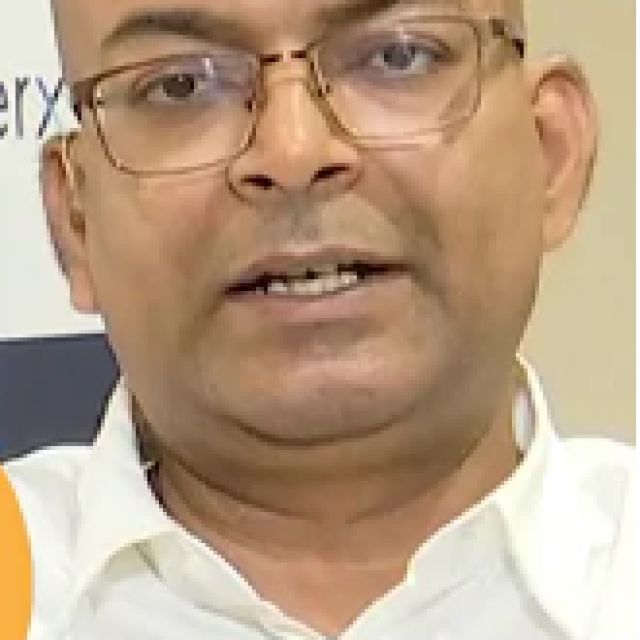
Rohitash Gupta
ex-CFO at eClerx
Chief Financial Officer
Full-time
Sep 2010 - May 2022 · 11 yrs 9 mos
Mumbai Area, India
AREA OF EXPERTISE - Cash and Treasury; Investor and Media relations; Sustainability reporting, procurement and negotiations (client/vendor), Secretarial and global compliance, Legal and contracts review, M&A (search to integration); Chief Risk officer and member of risk committee of Board, F&A&Tax, Business Planning, Analytics driven value creation & Finance Automation; Human capital management policy restructuring; Employee entrepreneurship program; startup support ; Director in group companies; certified Independent Directors by IICA;
OUTCOME - 7X revenue and 4.5X employee count growth during Term as CFO; 4 countries to 12 country presence; 3 acquisitions and 1 asset purchase; only Indian CFO to have received Financial express CFO award twice in last 5 years.
Skills: Corporate Strategy · Investor Development · Revenue & Profit Growth · Start-up Ventures · Board of Directors · Business Process Outsourcing (BPO) · Financial Analysis · Executive Management · Business Management · Analytical Skills · Process Improvement · New Business Development · Mergers & Acquisitions (M&A) · Contract Management · Investor Relations · Financial Reporting · Business Strategy
My Mentoring Topics
Business Process Management Industry
M&A
Investor Relations
Corporate Governance
Sustainability reporting
Decision Making